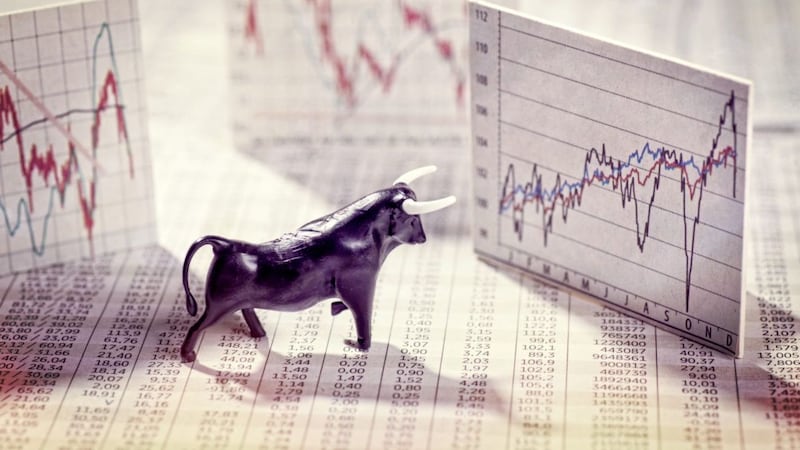SEPTEMBER usually heralds the start of a new season in the stock market which means that the summer doldrums should be behind us now. Over the last few months the UK market has moved sideways and is a little lower than at the end of June, whereas the US market has continued its seemingly inexorable upward path and the longest bull-run in history, which has lasted for more than nine years.
In early 2009, after the financial shock the previous year, investors feared a long and deep recession, but this did not materialise, in part due to quantitative easing and confidence in the investment community grew and so share prices bounced back.
The US then moved into a normal cyclical upswing; the economy grew, corporate earnings followed suit and appetite for risk increased. More recently shares have been driven up by signs that despite low unemployment, inflation both in wages and prices has not yet become evident.
This implies that interest rates can remain lower for longer and even forecasts of two years ago – that the Fed funds rate would be 3 per cent by the end of 2018 – are being undershot.
The potential impact of inflation on share prices is aptly illustrated by the market’s reaction in February when there were fears of an upturn following the release of US employment data which showed that average hourly earnings had risen close to an all-time time high, implying a risk of acceleration in the rate of inflation.
It is impossible to predict the end of the bull market. For months and even years there has been speculation in the media that a crash (or at the very least a correction) is imminent. However, such speculation has, to date, been wrong. One of the most used indicators that the market is overvalued is the cyclically adjusted price earnings ratio and which is now showing levels previously seen in 1929 and 2000, just before the market tumbled.
This has been the case for many months though and to sell out earlier would have meant missing out on substantial profits. This may be due to a number of factors: firstly the hope that monopoly profits can be sustained, secondly that interest rates remain low and of course the irrational element that often pervades the stock market driven by investor sentiment.
To predict the end of such a prolonged run is of course notoriously difficult. There are a number of factors that could trigger a correction, such as a rise in inflation and hence interest rates due to the tight labour market.
The knock-on effect on the UK market is very predictable, but the FTSE 100 has underperformed over many months now and is facing its own particular risks and challenges as we approach March 2019.
It is often harder to make the decision to sell stocks than it is to buy them, but markets do not go up indefinitely and investors should be aware of the risks.
:: Cathy Dixon is a director at the Belfast office of Cunningham Coates Stockbrokers, a trading name of Smith & Williamson Investment Management (SWIM). This article does not constitute a recommendation to buy or sell investments and the value of any shares may fall as well as rise. Investments carry risk and investors may not receive back the amount invested. The views expressed are those of the author and not necessarily of SWIM.








